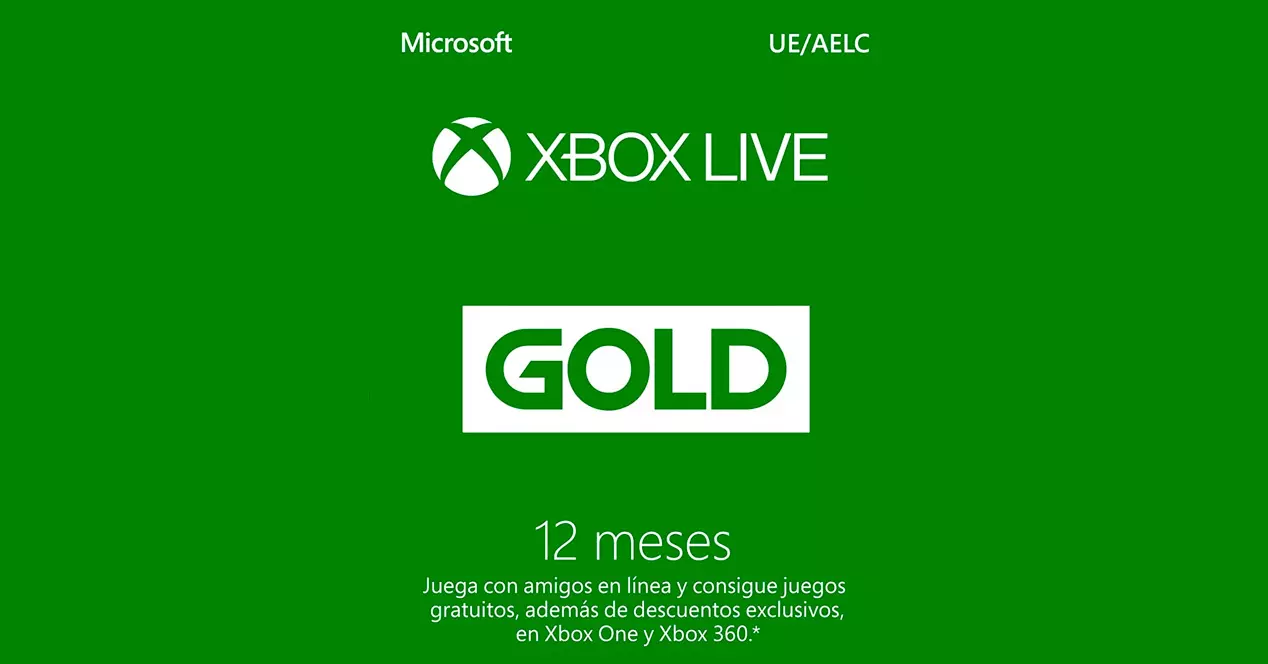
To the iOS App Store is one of the most profitable business units for Apple. Looking back, it’s surprising that the initial plans for the iPhone didn’t include the use of apps (the first iPhone didn’t even have an App Store). Instead, Apple was committed to using websites with HTML5, and that these use the local storage of the device. A model that may make sense in certain cases, but is not very practical or not at all practical in others.
Fortunately It didn’t take long for them to realize their mistake., so the App Store debuted on the second generation of the iPhone, the 3G, which was the model in which another key element of Apple’s smartphone since then also arrived, geopositioning (but that’s another story). I imagine that more than one person in Cupertino got a light bulb when they thought, given the potential demand for smartphone applications, the enormous income potential that this could translate into. 2008 was a very interesting year in terms of digital software stores, since it was also chosen by Valve to make the leap into that market with Steam, which until then was a platform dedicated exclusively to its own titles.
Today, in-app purchases, subscriptions and purchases in app They are a really succulent business and that Apple protects tooth and naildespite the fact that legal rulings and regulations throughout the world push those from Cupertino to open iOS to third-party stores and payment systems, something that could begin to arrive as soon as next September, when iOS debuts 17, although it is possible that it will only do so in Europe… at least until the appeals filed by the company to the sentence of its judicial confrontation with Epic Games are resolved.
The iOS App Store has also faced, over the years, multiple controversies due to the way in which it is managed by Apple, and a good part of them have been related to its behavior with developers. As a result of this, the company lost a lawsuit in August 2021 and, as a consequence, certain obligations were established, including the following:
- apple will create an annual transparency report based on App Store datawhich will provide meaningful statistics about the app review process, including the number of apps rejected for various reasons, the number of deactivated customer and developer accounts, objective data on queries and search results, and the number of apps Removed from the App Store.
Well, as we can see in the Apple legal information section (at the moment only in its English version, yes), Apple Has Finally Released Its First iOS App Store Transparency Report. A report that, despite being published in response to a US court decision, shows global data, which makes it much more interesting. It is not especially extensive, yes, in Cupertino they have decided to solve it with a PDF of only two pages, yes, full of interesting data.
The report includes the data for 2022 and, as we can read, the number of apps sent for review to the iOS App Store was 6,101,913, although at this point Apple qualifies that an app can be sent multiple times, since either for the publication of new versions or for it to be submitted again for review, if it was initially rejected and the changes requested by Apple have been carried out. Something that happens quite regularly, actually, because the number of apps rejected during 2022 was 1,679,694that is, about 30% of the shipments were rejected.
The report also reveals interesting data about government actions in relation to App Store applications, more specifically about requests from different governments to remove applications. In total, according to the data provided in the Apple transparency report, 1,474 requests were made in this regard, 1,435 of which (97%) came from the Chinese administrationfollowed by India, Pakistan, Russia and Turkey, with 14, 10, 7 and 2, respectively.
There are other very interesting data, which I summarize below, but first, to give context, let’s remember that a week has 604,800 seconds. Thus, I will add to the right of each weekly data, its volume per second:
- Average weekly visitors to the App Store: 656,739,889 (1,085.87/second)
- Average number of apps downloaded weekly: 747,873,877 (1,236.56/second)
- Weekly average of automatic updates: 40,876,798,492 (67,587.29/second)
- Weekly average of manual updates: 512,545,816 (847.46/second)





